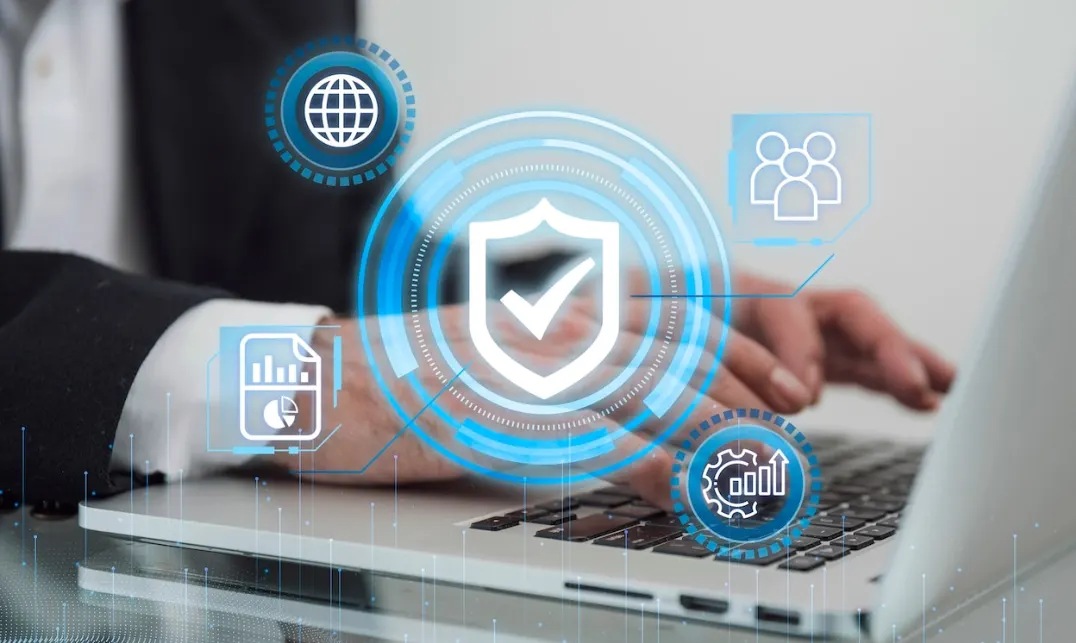- Home
- products
- features
- affiliates
- Contact Us

Securing your WordPress site is paramount due to the increasing prevalence of cyber threats. Ensuring the safety of your website should be a top priority for any site owner. Fortunately, there are affordable strategies for safe hosting that can help mitigate risks and protect your site from potential vulnerabilities. The first step in securing your WordPress site is selecting a reliable and secure hosting provider. Consider factors such as uptime, customer support, and security features offered by various hosting companies. Popular options often provide robust security measures to safeguard your website.
SSL (Secure Sockets Layer) encryption is essential for establishing a secure connection between your website and its visitors. It encrypts data transmitted between the user's browser and the server, preventing unauthorized access to sensitive information. Installing an SSL certificate on your WordPress site is relatively straightforward and can be done through your hosting provider's dashboard
Regular backups are your safety net in case of data loss or security breaches. Set up automatic backups of your WordPress site to ensure that you always have a recent copy of your content, themes, and plugins. Many hosting providers offer backup services as part of their hosting packages, or you can use plugins like UpdraftPlus or BackupBuddy for added convenience.
Keeping your WordPress core, themes, and plugins up to date is crucial for maintaining security. Outdated software is a common entry point for hackers, as it may contain known vulnerabilities. Make it a habit to regularly check for updates and install them promptly to patch any security flaws.
Weak passwords are a significant security risk for WordPress sites. Ensure that you and your users use strong, unique passwords that combine letters, numbers, and special characters. Additionally, enable two-factor authentication (2FA) for an extra layer of security, requiring users to provide a second form of verification before accessing the site.
Security plugins can add an extra layer of protection to your WordPress site by scanning for malware, blocking malicious attacks, and strengthening security settings. Popular options like Wordfence, Sucuri Security, and iThemes Security offer comprehensive security features and can be easily configured to suit your needs.
Limiting login attempts can help prevent brute force attacks, where hackers try multiple username and password combinations to gain access to your site. Use plugins like Login LockDown or Limit Login Attempts to restrict the number of login attempts from a single IP address, reducing the risk of unauthorized access.
A Web Application Firewall (WAF) acts as a barrier between your website and potential threats, filtering out malicious traffic before it reaches your server. Many hosting providers offer WAF as part of their security features, or you can use plugins like Sucuri Firewall or Cloudflare to implement WAF protection for your WordPress site.
Regularly monitoring your site's activity can help detect suspicious behavior and potential security breaches early on. Use tools like Sucuri SiteCheck or Jetpack Security to monitor for malware, unauthorized changes, and other security issues, allowing you to take immediate action to mitigate risks.
File permissions dictate who can access, read, write, or execute files on your server. Ensure that file permissions are set correctly to prevent unauthorized access to sensitive files and directories. WordPress recommends setting permissions to 644 for files and 755 for directories to strike a balance between security and functionality.
The wp-admin directory is the heart of your WordPress site, containing sensitive files and settings. Restrict access to the wp-admin area by limiting login attempts, using strong passwords, and implementing IP address restrictions. Additionally, consider renaming the wp-admin directory or using plugins like WPS Hide Login to obscure its location. .
Regularly audit your WordPress plugins and themes to identify and remove any potential security vulnerabilities. Delete unused plugins and themes, as they can serve as entry points for hackers. Ensure that the plugins and themes you use are regularly updated and come from reputable sources to minimize security risks.
A Content Delivery Network (CDN) can improve the performance and security of your WordPress site by distributing content across multiple servers worldwide. By caching static content and serving it from the nearest server to the user, CDN reduces load times and mitigates DDoS attacks. Services like Cloudflare and StackPath offer affordable CDN solutions for WordPress sites.
The best web hosting service depends on individual needs and preferences, such as budget, technical expertise, website traffic, and specific requirements. Some popular web hosting providers include My True Host, Bluehost, HostGator, SiteGround, DreamHost, and A2 Hosting. It's essential to research and compare different providers based on features, reliability, customer support, and pricing before making a decision.
Securing your WordPress site doesn't have to break the bank. By implementing affordable strategies for safe hosting, such as choosing a secure hosting provider, implementing SSL encryption, and regularly updating software, you can protect your website from cyber threats and ensure peace of mind. Prioritize security, stay vigilant, and take proactive measures to safeguard your WordPress site against potential vulnerabilities.
Over 300 open-source apps, and themes all with one-click install.